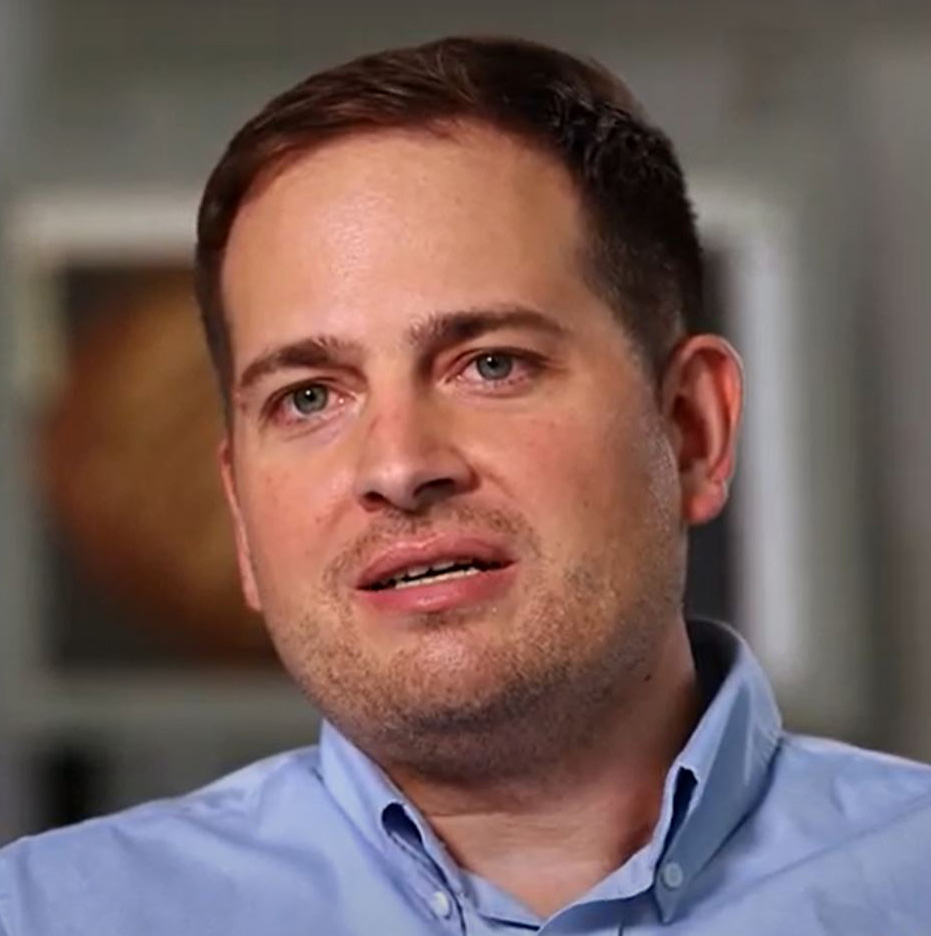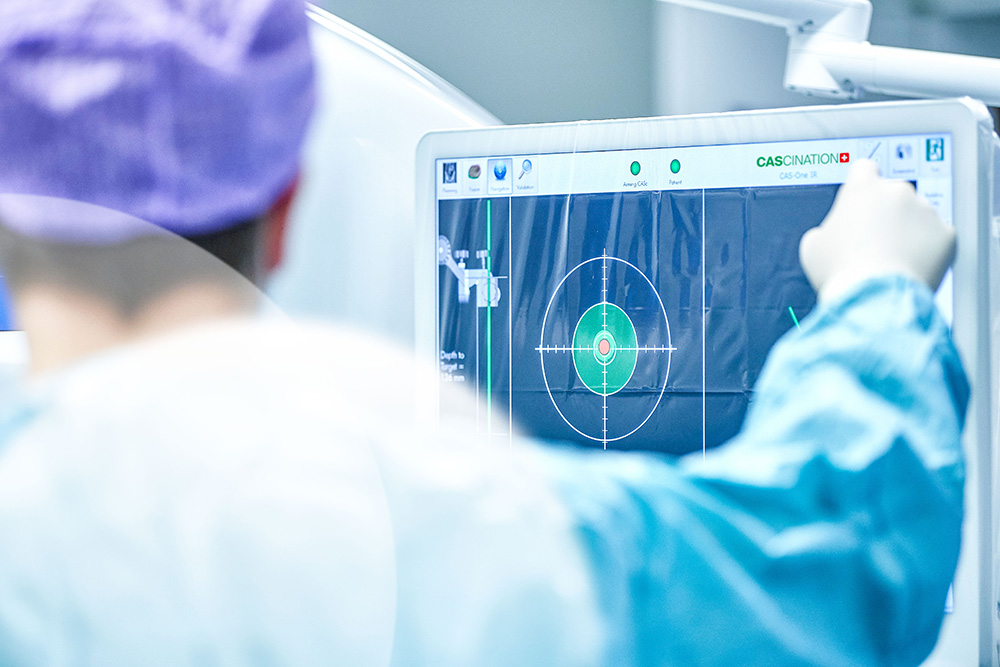"CAS-One IR has helped us to be more precise in our work. And with ablations, great precision leads to better results"
Dr. Lukas Beyer, Managing Senior Consultant Radiology, University Hospital Regensburg, Germany
The team at the University Hospital in Regensburg has been an early advocate of Quality Ablation. In an interview conducted in summer 2019 Senior Consultant Dr. Lukas Beyer on how the Quality Ablation has helped him to achieve better results in his treatment and why it is crucial to follow a standardized workflow in percutaneous tumour ablation.

You tried out new approaches in interventional radiology early on. Why?
We started using CAS-One IR relatively early. This has helped us to be more precise in our work. And with ablations, great precision leads to better results. Compared to before, when we did everything freehand, we can now check that the treatment was successful right away. We couldn’t do that before.
Besides being more precise, what other implications did the introduction of the CAS-One IR navigation system to Regensburg have on your work?
In the past, when we did the ablations freehand, we had to be present when the patient was being positioned to instruct the team how to do it. We had to say which CT scan we wanted every time. Now with CAS-One IR the workflow we have created is standardised. This makes it much easier for me, both organisationally and in terms of time.
What else has changed?
It’s become easier for the radiographers too. Now they know exactly what the workflow is, what CT scan they need to run when, and in which order. For example, the planning CT is now standardised. It’s the same procedure for every patient. This means the team doesn’t have to readjust every day or with every ablation. Instead, they’re aware of each step in the ablation process, from beginning to end. We have the information in advance about the position in which the patient is to be placed. As soon as we've put them into the correct position, we’ll get the data record ready. Then we’ll do the CT scan. As soon as the CT data record is copied to the CAScination console, we’ll let the radiologist know that they can come and do their planning.
How has CAS-One IR helped you to become more precise in your treatments?
To see if there is a deviation from the plan compared to the actual position, we can now do the image fusion. Then I can decide whether to correct position of the probe by 1 or 2 mm, or whether I'm satisfied as it is. In the past, when we didn’t have a navigation system, you had to imagine all this in your head. Now the navigation system makes it so much easier. The images are sent automatically from the CT to the navigation system. The scan with the probe is superimposed on the image with the plan that I made at the beginning. I can take a good look: Is there any deviation from the plan? In what direction is the deviation? Is it too great? Do I need to make a correction? Is it still okay, am I satisfied?
When do you consider a treatment to be successful?
For me, ablation is successful when we have completely ablated the tumour, ideally with a safety margin. And if there were no complications during or after the procedure. I believe that this system leads to greater precision. And with ablations, great precision leads to better results.
Quality Ablation at the University Hospital, Regensburg Germany
The 13 minute video shows a minimally invasive tumour treatment with CAS-One IR.
Quality Ablation Blog
Visit the Quality Ablation Blog and see an Irreversible Electroporation of a malignant liver lesion using 5 electrodes that were placed parallel and at 20mm distance.


